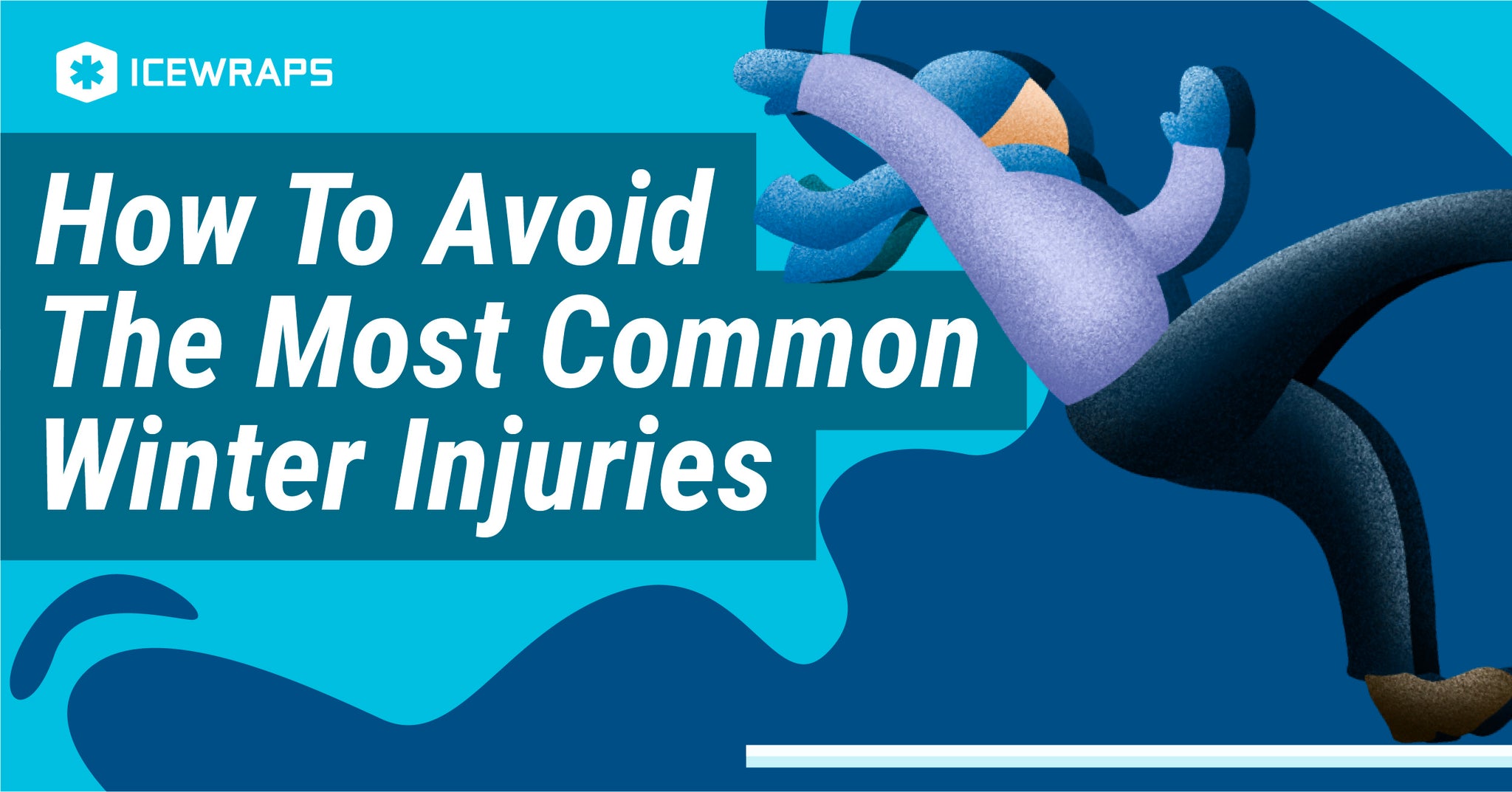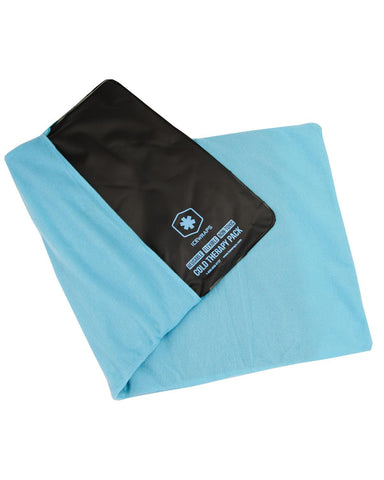Your Cart is Empty

Having a love-hate relationship with the winter season is not uncommon.
One one hand, the first snowfall of the season is pretty spectacular. Gotta love it. Then there’s skiing, tubing and ice skating--- stuff you don’t get to do at any other time of the year. Winter is also the best excuse to grab a comforting mug of hot chocolate every now and then.
On the other hand, people hate winter because...well, it’s winter: everything is dark, cold and slippery.
It shouldn’t come as a surprise that these unfavorable weather conditions are the primary reason why a lot of accidents happen during the wintertime.
The US Department of Labor recorded more than 40,000 work-related winter injuries in 2014 alone. A huge chunk of these numbers involves slipping and falling due to ice, sleet or snow.
Motor vehicular accidents, strained backs from all that shoveling and even concussions from winter sports are just some of the unfortunate incidents that can happen during the winter. These situations are pretty common, so we’ve listed tips on how to avoid getting injured during this cold and freezing season:
According to the Department of Labor, slips, and falls from the same level accounted for around 82% of total work-related winter injuries back in 2014. A significant percentage of these injuries happen in the parking lot.
These numbers shouldn’t come as a surprise: ice and snow can turn any surface slippery. Black ice is especially difficult to see. These conditions pose a significant risk to older adults who are prone to have brittle bones. One wrong fall could result in serious fractures or herniated discs.
Here are a few tips to prevent slips and falls during the winter:
In case you do fall or slip, apply the RICE method of first aid. RICE stands for
Rest
Ice
Compress
Elevate
Resting, elevating and applying a cold pack to the area for 20 minutes within the first 24 hours of injury can significantly reduce pain and swelling.

|

|
 |
| ICEWRAPS EXTRA LARGE NECK ICE PACK WITH SOFT COVER | ICEWRAPS SINGLE USE 4X7 INSTANT COLD PACKS, CASE OF 50 | ICEWRAPS 12X21 OVERSIZE COLD THERAPY CLAY PACK WITH COVER |
 |
 |
 |
Sure, the first snowfall of the season can be pretty breathtaking, but after days of endless snowing, it becomes a pain in the back...literally.
Shoveling snow has caused bad backs, sprains, fractures and even heart problems, according to a study. The same study states that around 195,000 Americans have landed in the ER from 1990 to 2006 because of all that shoveling.
The key to safe shoveling is in employing proper body mechanics. Never let your back do the work as this can cause muscle strain. Instead, bend at the knees and lift that load using your leg muscles.
Make sure to use snow shovels that are just the right size. A bigger shovel might cover more surface area, but it can be heavier and thus will require more effort. You can also rig your snow shovel with this simple but very effective hack to keep your back straight and avoid your muscles from getting strained:
At the end of the day, give those sore muscles a treat through a relaxing massage or by applying hot and cold packs to the area.

Winter sports like snowboarding, ice skating, skiing and ice hockey are fun until you break something. Don’t get us wrong--- winter sports provide great exercise. It’s just that doing them the wrong way can lead to sprains, dislocations, fractures, and concussions.
Outdoor winter recreational activities account for thousands of injuries annually, with skiing being the leading cause of injury. When done without proper supportive gear, these high-impact and repetitive activities can often lead to knee injuries like torn ACLs. Recovery from a torn ACL tendon will require weeks of rest or in some cases, surgery when it’s totally ruptured.
Concussions or fractures can also occur, especially if one has a bad fall.
Here are some tips to avoid accidents and to make your time outdoors more enjoyable:
The northern hemisphere has had some of the coldest winters in recent history. According to the CDC, thousands of Americans die due to hypothermia or excessive exposure to cold each year, so make sure to stay warm during wintertime.
Dress properly in layers. Make sure your base layers are made of wicking fabric to help keep the sweat off your skin. Stay away from cotton during these months--- they tend to stay wet for long periods of time. It’s also wise to invest in warm outer layers made from a material like down and wool to keep you warm. Don’t forget to wear a hat to keep the heat from escaping through your head.
Much like walking on snow and slipping on black ice, driving vehicles is also quite risky during winter. Make sure to prepare your vehicles for cold conditions by checking the following:
Keeping these things in check provide a safer drive. Motor vehicular accidents in the winter are unfortunately very common and they often result in damage to health and property. To avoid any accidents, make sure you and your vehicle are ready for the winter.
Some people love winter, others just hate it with a vengeance. Whatever your feelings are, don’t forget to stay safe and healthy during these freezing months. Nasty weather conditions can often lead to accidents. A day of fun at a ski resort can quickly turn into a painful or tiring experience if you’re not careful. Thankfully, there are a lot of ways to avoid these incidents. We hope that these tips were helpful in making your winter an enjoyable and comfortable one!
Anything else we missed? Let us know in the comments below.
Comments will be approved before showing up.